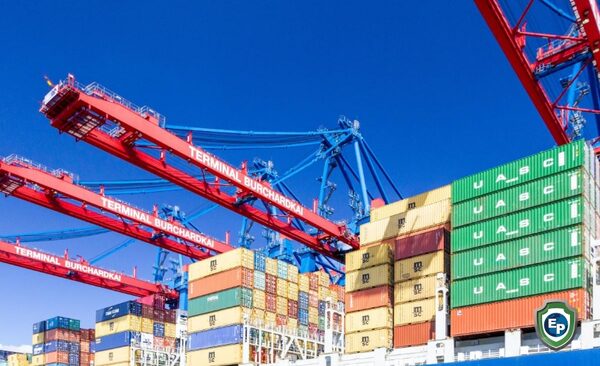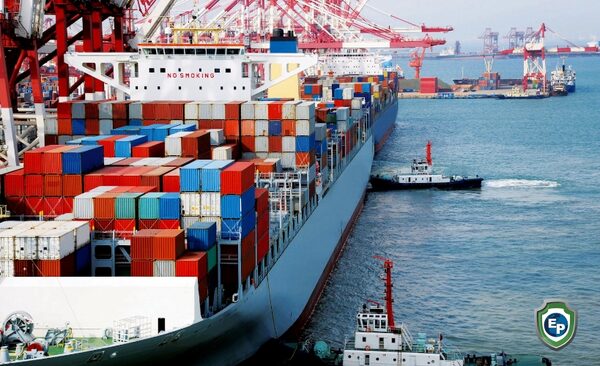Why Even Giant Ships Can’t Solve the Shipping Crisis
The year 2021 was highlighted by the worsening of the shipping crisis. The beginnings of this issue can be traced back to 2020, and it has only gotten worse since then. Several solutions have been proposed, including the utilization of enormous ships. But this solution does not seem viable, as you will see down below.

The Starting Point of the Crisis
It’s March 2020, the coronavirus is raging, and many countries are confined. In Asia, factories have been forced to suddenly shut down, bringing global maritime traffic to a halt. Consumption in the US picked up in the spring of 2020, and the same thing happened in Europe in the summer. However, many cargo ships are still in port, and the containers are dispersed over the globe. When maritime traffic resumed, shipping companies planned to expand their transport capacities, but this was insufficient to meet the dramatic increase in consumption brought on by the e-commerce boom. Meanwhile in China, the goods that were to be shipped piled up and formed a bottleneck. When they finally arrived in Europe or the US, countries were still confined or in slow motion. Containers ran out, and warehouses were immediately overwhelmed, producing port congestion.
Giant Ships: A Bad Idea
Several remedies have been proposed to address this predicament, which has paralyzed the global economy, including the utilization of massive ships capable of transporting more containers. However, using these giant ships can turn out to be a bad idea because the issue isn’t with the ships’ availability, but rather with the supply of containers. According to Rose George, author of Ninety Percent of Everything, a book about the shipping industry, the container shipping industry is currently «creaking» under the strain of enormous demand. The utilization of giant ships will merely increase port congestion without enhancing the number of commodities moved if there aren’t enough containers available to transfer.
As a solution, Jack Craig, head of global technical at APM Terminals, emphasized the role that data and automation can play at ports. According to Craig, automated checkpoints at Gothenburg in Sweden, which scan every container coming into the port, have reduced idling times by 30%.

Learn More With Export Portal
Found this article helpful? Check out the rest of Export Portal’s Blog Page for more useful information!


